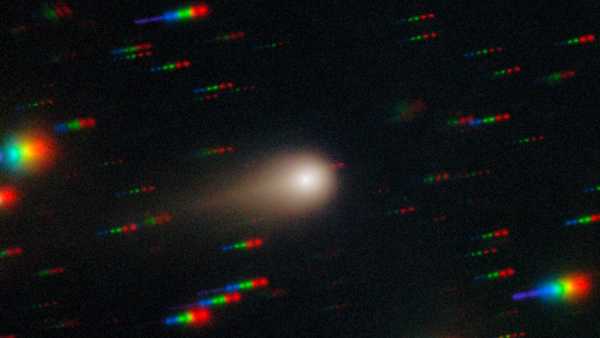
Thousands of satellites are launched into space, and at some point they will need to be returned to Earth to burn up in the atmosphere. (Image credit: yucelyilmaz/Getty Images)
In 2024, a group of farmers in Saskatchewan, Canada, faced an unusual situation: SpaceX space debris fell on their property. As I helped several of these farmers navigate the complex world of international space law, which had not changed much since Apollo, I knew this situation would become more common.
The first generation of the mega-constellation of satellites, which began with the launch of 60 SpaceX Starlink satellites in 2019, has already reached the end of its surprisingly short lifespan.

Samantha Lawler is a professor of astronomy at the University of Regina in Saskatchewan, Canada. She studies the orbits of Kuiper Belt objects and light pollution from satellites.
The end-of-life plan for virtually every satellite in low-Earth orbit (LEO) involves burning it up in the Earth's atmosphere. This makes economic sense: it takes significantly less fuel to lower a satellite to a lower orbit than to raise it to a higher one, sometimes called a “graveyard orbit.”
You may like
Sourse: www.livescience.com





